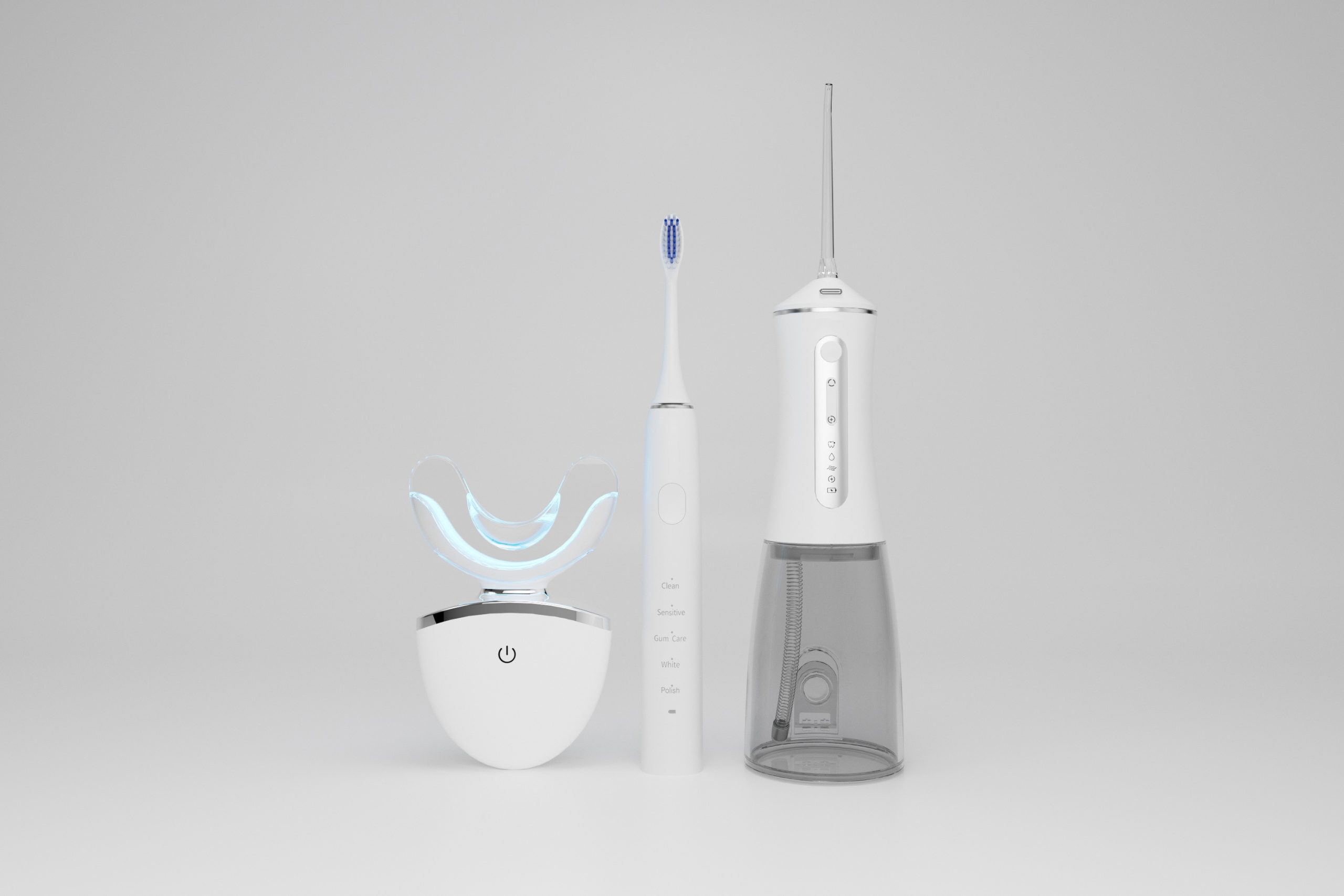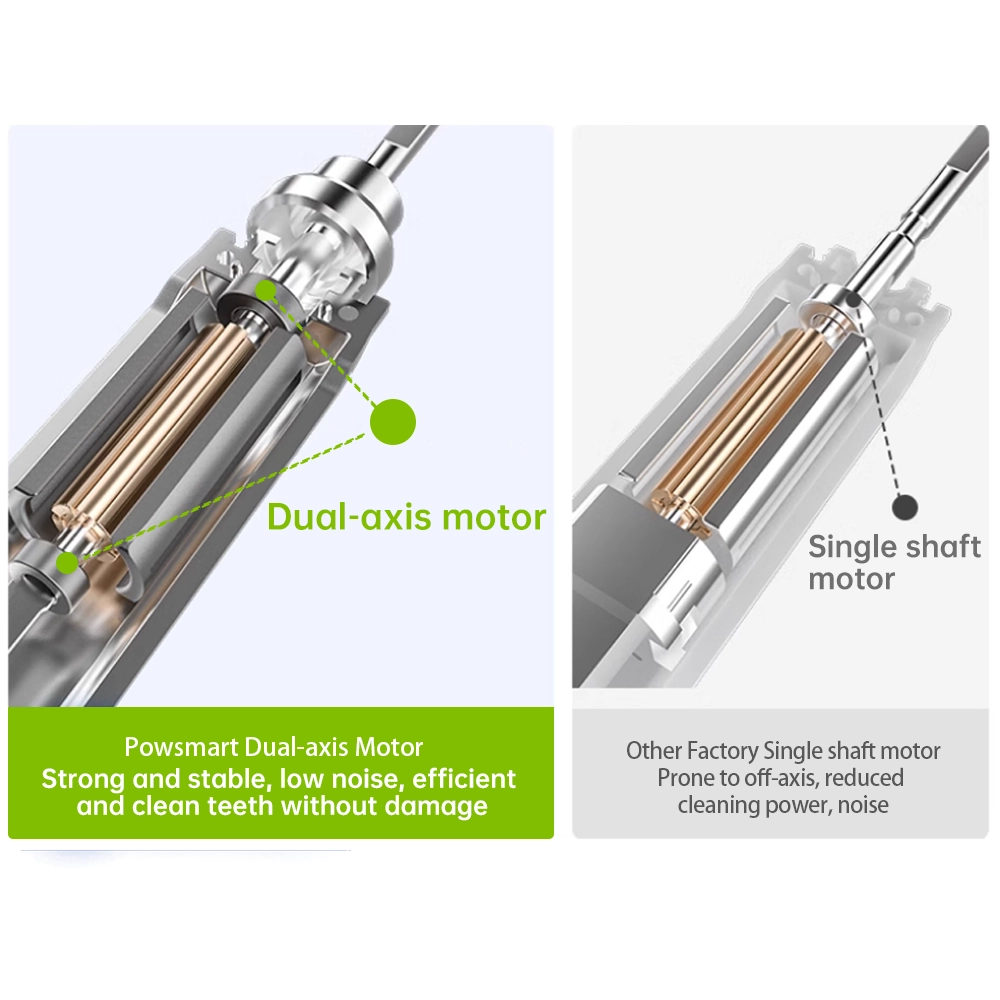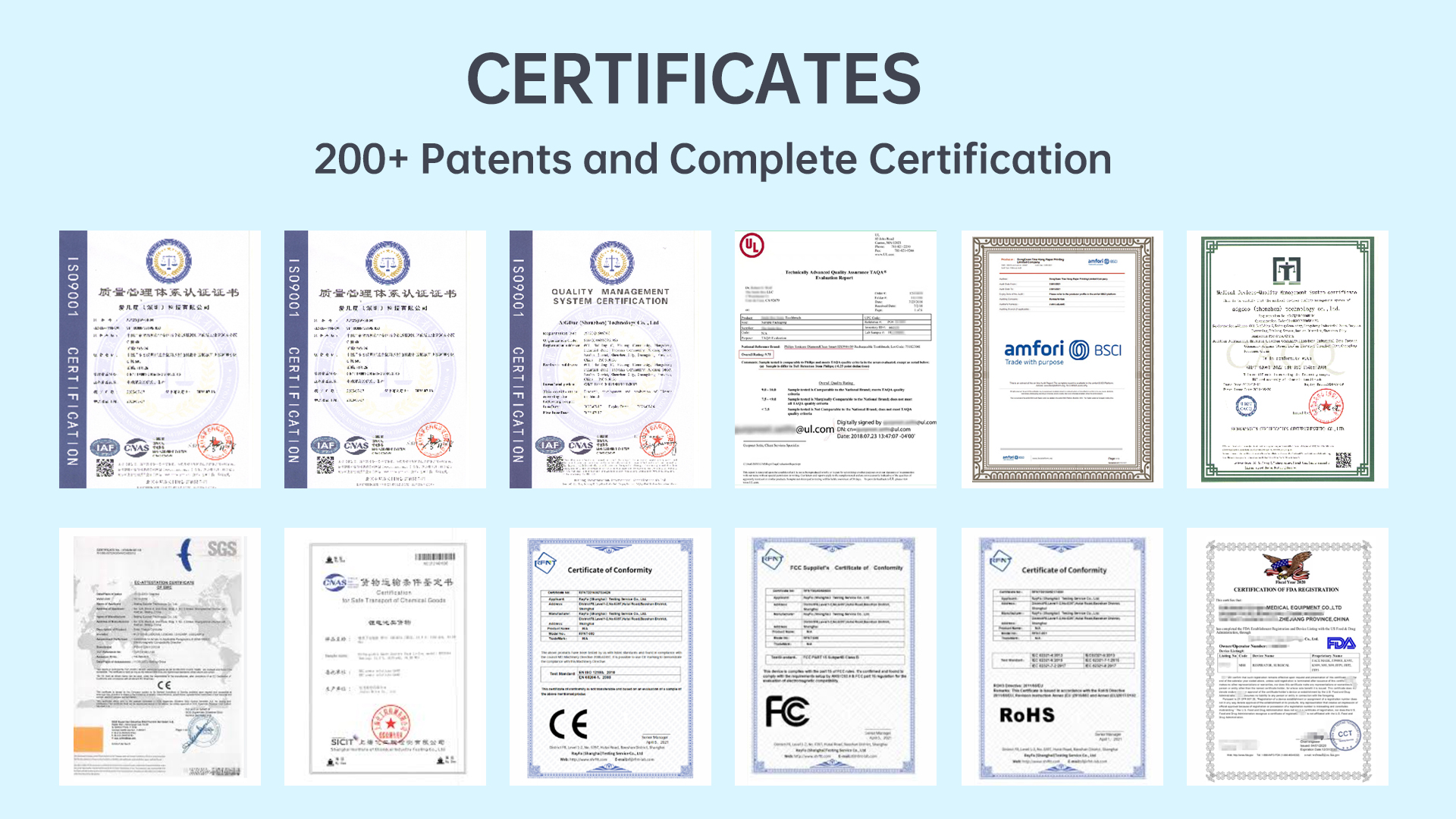In the sensitive recovery phase following dental surgery, the choice of hygiene tools becomes critical. One product that has gained increasing attention is the Post-Surgery Oral Care Brush—a device designed specifically for gentle gum handling. However, an ongoing debate questions whether even these soft-bristled brushes might unintentionally contribute to gum recession, especially with prolonged or incorrect use. For OEMs, ODMs, and private-label buyers, understanding the risks and design safeguards is essential.
After procedures such as scaling, flap surgery, or implant placement, the gingival tissue is especially vulnerable to external trauma. During this stage, even slight overpressure or friction can impact healing. While Post-Surgery Oral Care Brushes are marketed for their softness, the material quality and bristle density vary significantly across manufacturers, affecting real-world safety performance.
Gum recession can result from:
If a brush lacks sufficient softness or ergonomic design, it can cause repetitive micro-trauma to the gingival margin, slowing tissue regeneration and triggering recession over time. For B2B buyers, these factors should be part of QA and procurement checklists.
A truly gum-safe Post-Surgery Oral Care Brush depends on:
Manufacturers offering medical-grade filament validation and controlled tip uniformity can better ensure safety for post-surgical users. Company web: https://www.powsmart.com/product/electric-toothbrush/
Beyond the bristles, the handle’s ergonomics influence how much pressure users apply. Brushes with a flexible neck and anti-slip grip allow for better control—key features to prevent unintentional force that contributes to gum recession. For post-op patients with dexterity issues, intuitive handle design is not a luxury, but a necessity.
B2B partners and brands should demand:
The lack of proper usage guidelines can shift blame to end-users when, in fact, the product was misaligned for its intended clinical scenario.
To combat gum recession, leading OEMs are now integrating:
These advanced solutions help brands differentiate while aligning safety with usability—key pillars of successful oral care product design.
While Post-Surgery Oral Care Brushes are designed for healing support, poorly engineered versions may indeed contribute to gum recession under specific conditions. For private-label brands and medical suppliers, working with an experienced and compliance-driven OEM is critical to ensure both clinical safety and consumer confidence. Contact us
-300x300.jpg)
.webp)

Wavelength of Whitening Teeth Device Blue Light (460–490nm) and Red Light (620–660nm)Configuration Guide

Can an Electric Toothbrush Help Relieve Tooth Sensitivity?

What Services Can Electric Toothbrush Manufacturers Provide in Terms of After-Sales Service for Their Products?
Why Do Pediatric Warnings Address Bleach Residuals?

Wholesale Smart Electric Toothbrushes: Bulk Order Advantages

Comparison of Sonic Vibration and Rotary Electric Toothbrush Technology
Can Charging Overheat Worsen Joint Leakage?
.jpg)
Research on Consumers’ Preferences for the Functions and Prices of Electric Toothbrushes – From the Perspective of Suppliers

Does Space-Saving Flosser Combo Cause Pulse Inconsistency?

The Ultimate Checklist for Evaluating an Oral Care Product Manufacturer
Do Bluetooth Disconnect and Stream Splitting Affect Device Precision Together?

The Advantages of the Brush Head Subscription Service for Oral Care Brand Growth
.jpg)
Best Smart Toothbrush Features for Bulk Buyers: A Supplier’s Guide

Does Magnetic Levitation Toothbrush Experience Brush Shedding?
Why Is Allergen Testing Critical for Post-Whitening Diets?

Smart Electric Toothbrush Customization by Powsmart

Electric toothbrush heads Charcoal Infused-Diamond
.jpg)
Florida Electric Toothbrush – Powsmart PTR-C8

Customization Teeth Whitening Gel

electric toothbrush heads Deep Clean

electric toothbrush heads Charcoal Infuse-Round

electric toothbrush heads Regular Clean

electric toothbrush heads Ultra Soft

Private Label Whitening Gel
whstapp
whstapp
National Toll-Free Service Hotline
+86 755 86238638